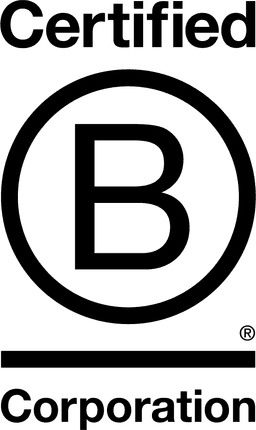

Pact Coffee

London Borough of Southwark, United Kingdom
July 2022
Beverages
Manufacturing
United Kingdom
Pact Coffee’s purpose is to improve the lives of farmers in an industry which often treats them grossly unfairly. The company believes that the traditional coffee supply chain is broken, choosing instead to procure its coffees directly from farmers through its pioneering ‘direct trade’ model. This way, mutually beneficial, long-lasting relationships can be built to pay farmers a price they can actually live on and, as a result, ensure workers are also paid a fair wage. In 2021, the price Pact paid for coffee was, on average, 60% above the Fairtrade base price. By cutting out the middlemen (importers, exporters, commodity traders and more) and introducing tens of thousands of UK consumers to speciality coffee, the company is able to pay these farmers the premium they deserve while making a sustainable margin. The company was founded under the name YourGrind in 2012 by Stephen Rapoport as an online subscription provider and has since broadened its reach into offices and the hospitality trade. The company is Scope 1&2 carbon-neutral and is a proud part of the B-Corp community. All of its coffee is speciality-grade and freshly roasted in Haslemere days before it’s delivered to customers.
Overall B Impact Score
Governance 16.5
Governance evaluates a company's overall mission, engagement around its social/environmental impact, ethics, and transparency. This section also evaluates the ability of a company to protect their mission and formally consider stakeholders in decision making through their corporate structure (e.g. benefit corporation) or corporate governing documents.
What is this? A company with an Impact Business Model is intentionally designed to create a specific positive outcome for one of its stakeholders - such as workers, community, environment, or customers.
Workers 29.6
Workers evaluates a company’s contributions to its employees’ financial security, health & safety, wellness, career development, and engagement & satisfaction. In addition, this section recognizes business models designed to benefit workers, such as companies that are at least 40% owned by non-executive employees and those that have workforce development programs to support individuals with barriers to employment.
Community 34.3
Community evaluates a company’s engagement with and impact on the communities in which it operates, hires from, and sources from. Topics include diversity, equity & inclusion, economic impact, civic engagement, charitable giving, and supply chain management. In addition, this section recognizes business models that are designed to address specific community-oriented problems, such as poverty alleviation through fair trade sourcing or distribution via microenterprises, producer cooperative models, locally focused economic development, and formal charitable giving commitments.
What is this? A company with an Impact Business Model is intentionally designed to create a specific positive outcome for one of its stakeholders - such as workers, community, environment, or customers.
Environment 21.2
Environment evaluates a company’s overall environmental management practices as well as its impact on the air, climate, water, land, and biodiversity. This includes the direct impact of a company’s operations and, when applicable its supply chain and distribution channels. This section also recognizes companies with environmentally innovative production processes and those that sell products or services that have a positive environmental impact. Some examples might include products and services that create renewable energy, reduce consumption or waste, conserve land or wildlife, provide less toxic alternatives to the market, or educate people about environmental problems.
Customers 4.8
Customers evaluates a company’s stewardship of its customers through the quality of its products and services, ethical marketing, data privacy and security, and feedback channels. In addition, this section recognizes products or services that are designed to address a particular social problem for or through its customers, such as health or educational products, arts & media products, serving underserved customers/clients, and services that improve the social impact of other businesses or organizations.